Home>Home Maintenance>How To Unclog a Sink At Home Without Professional Help
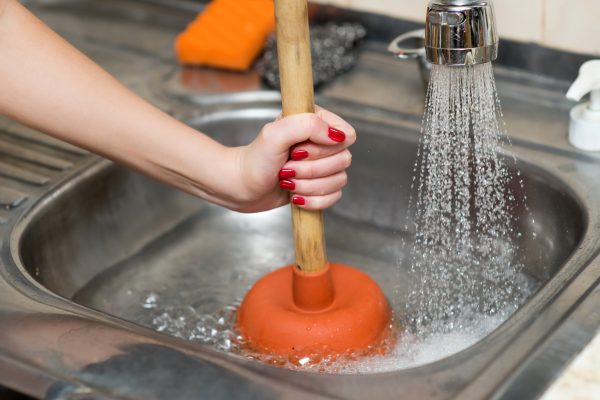
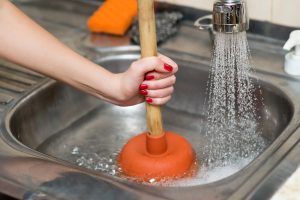
Home Maintenance
How To Unclog a Sink At Home Without Professional Help
Modified: December 6, 2023
Be the handyman you need for your home repairs starting with how to unclog a sink at home. You can easily solve this with few easy steps.
(Many of the links in this article redirect to a specific reviewed product. Your purchase of these products through affiliate links helps to generate commission for Storables.com, at no extra cost. Learn more)
Repairs demand a fair price for the job to be done. But who needs a plumber when you can fix home repairs like a clogged sink all on your own? In this article, you’ll not just learn how to unclog a sink, but also the measures to prevent such situations from happening again. Best of all, you can find some of the tools you’ll be needing right in your kitchen space.
Why You Should Know How To Unclog a Sink On Your Own
Clogged sinks are one of the most frequent home problems, but also the easiest home repairs to manage. About now, you must be surfing the net for ways on how to unclog a sink with a sink plunger. Yet, you’ll be surprised that your next drain cleaner or toilet bowl cleaner is something that you can find on your kitchen counter.
Keep in mind that the average plumbing repair ranges from $50 to $450. If you use these simple tricks and tips on fixing and preventing the occasional clog, you’ll never need to call a plumber for such services again.
After all, a homeowner should be knowledgeable enough to resolve simple house emergencies. From setting a thermostat to fixing a running toilet, taking a class at your hardware store can teach you how to handle typical home repairs and projects. Nevertheless, you have the internet to thank for when it comes to free hacks and tutorials for a quick fix.
Read more: How To Unclog The Sink
Common Causes Of a Clogged Sink
Before you can learn how to unclog a sink, you must first understand the factors which led to this situation. Blockages on your sink drain can be severe and may require professional plumbing services. But some issues can be remarkably solved with essential tools and acquired home repair experience. If you’re clueless about why your sink is always congested, you’ll be stunned by these main contributors.
Fat, Oil, and Grease
Fat, oil, and grease are the leading causes of clogged kitchen sinks. So the next time you’re thinking of pouring your used cooking oil down the drain, remember that fat, oil, and grease solidify once they come in contact with cold pipes or get caught on other blockages. These factors make the clog much worse. Not only do these byproducts ruin your sink drain, but they also bring chaos up to the city sewer pipes.
Food Waste
Food scraps should never go down your sink drain. No matter how robust your garbage disposal is, food waste can still build up if you don’t clean your pipes regularly. Food waste like coffee grounds and tea leaves are some of the food waste you need to avoid when using your kitchen sink since these don’t break down even when you use your garbage disposal frequently.
Hair
Hair can cause severe problems to your drain system. When left without a drain strainer, hair can get all tangled up and eventually clog your faucet or bathroom sink. Hair is also strong enough to last on your drain pipes, so it’s better to use a mesh strainer to avoid hair on your shower drain. Yet, if some of your hair still manages to go through, a sink plunger under your bathroom sink can save you from a hairy situation.
Read more: How To Unclog A Double Kitchen Sink
Other Small Items
Several people think that the sink drain is equivalent to that of a trash can. Little do they know that what they dispose of will catch up to them. While some are pure accidents, small items like kid’s toys, cotton swabs, and paper towels, can easily make their way to your drain system when the opening is left unprotected.
Different Methods Of Unclogging a Sink
1. Plunger
Things You’ll Need:
A plunger is every plumber’s best friend. They probably are the most sought-after tool when it comes to unclogging drains and toilets. They’re cheap, practical, accessible, and very much non-corrosive. Above all, they can be placed near your storage shelves for an easy access solution once your drain gets clogged.
With this technique, you’ll never be stuck wondering how to unclog a sink ever again. The only thing you’ll need to do is put some gloves on and put the mouth of the plunger directly to the drain hole. Once set, give quick, consistent thrusts for about 20 seconds without breaking the seal. Continue to push and pull until the water starts to drain normally.
2. Baking Soda and Vinegar
Things You’ll Need:
Baking soda and vinegar are not just great for science experiments. Other than the mesmerizing volcano eruption kids make for their projects, these two are great natural drain cleaners proven effective by many households. All you need to do is wear gloves for protection, then sprinkle a generous amount of baking soda down your sink drain. After that, pour the vinegar directly on the baking soda and watch it sizzle.
The chemical reaction created from the two components creates pressure. Hence, the expanding product pushes all the dirt and grime clinging to your pipes down. This is also applicable for all kinds of sink drains, so if you’re looking for ways on how to unclog a bathroom sink drain naturally, then this is the one for you.
Read more: How To Unclog A Sink Without A Plunger
3. Boiling Water
Things You’ll Need:
Boiling water may be the cheapest way you can clean your drainage system. If you already have an electric kettle, all you need to do is boil some tap water, then pour it right into your sink drain while it’s hot. This breaks down any oil, grime, and dirt accumulating at the wall of your drains. You can also pair the boiling water method after doing the baking soda and vinegar technique for a cleaner and more effective way of flushing out any residue sticking on your drain pipes.
4. Salt, Lemon, and Baking Soda
Things You’ll Need:
Another baking soda hack that can save your sink drain from clogging is matching it with some lemon and salt. The antiseptic and antibacterial properties of lemon make it a great candidate for the job. Once paired with salt’s absorbing and abrasive qualities, you can use this baking soda mixture to dissolve grease and dirt for more effective removal.
In this procedure, all you need to do is add a pinch of salt to 1 cup of baking soda. Then, sprinkle the dry mixture directly on the mouth of your sink. After that, pour about 2 cups of lemon juice on top of the baking soda and salt. Stand by for a couple of minutes before opening your water source to rinse the mixture that will take out any dissolved grime on its way. This method is better than using vinegar since lemon gives off a refreshing and invigorating scent while busting out clogged drains.
5. Plumber’s Snake
Things You’ll Need:
Snakes are the least of things we want to see on our drains, but you should make an exception when it comes to a plumber’s snake. It is a unique tool used by plumbers when natural and chemical procedures won’t do their magic.
This device works by pushing the head into the drain to directly and manually remove any obstructions. The key here is to insert it slowly without cranking. Once you feel resistance, rotate the snake against the blockage. The blockage will then eventually get caught on the drain snake’s coils. Now is the time to pull the plumber’s snake out of the drain. During this time, the snake will drag out the gunk that’s been clogging your pipes. One downfall of using a plumber’s snake is that it can damage pipes when misused. It’s also not advisable to use it when removing tough clogs.
6. Check the P-Trap
Things You’ll Need:
Some homeowners’ first line of defence when it comes to unclogging sinks is checking the P-trap. If you don’t know what that is, the P-trap is an elbow-shaped pipe located under the sink. The first thing you need to do for this method is clear out the stuff near your P-trap to make room. Then, prepare a bucket to collect any runoff under the trap with the water shut off. Next, wear some gloves and use a pipe wrench to open the P-trap. Use any cleaning brush to clean the insides of your drain pipes. Once done, return the P-trap and use a rag to clean any water spillage and dirt. Nevertheless, if you’re not up for some stomach-churning encounter with what’s blocking your pipes, then we suggest doing the other techniques in this list.
7. Coat Hanger
Things You’ll Need:
If you’ve tried all sorts of techniques in clearing your sink drain, and nothing seems to work, then consider turning to the handy-dandy coat hanger. This is a cheap alternative to store-bought snake drains and much easier to acquire since you can find one in your closet. Just make sure to wear your gloves since you’ll be removing the block manually. All you need to do is uncoil the coat hanger and bend the end to make it look like a hook. This tool can break up blockages in the toilet, sink, and bathtub drains. Simply pull once you hit the jam and repeat the procedure until water goes down the drain smoothly.
How To Prevent Future Sink Clogs
Avoid dumping foods directly into the sink
Never treat your sink as your secondary garbage can. Instead, you can create a compost pit for your food scraps. Don’t just rely on your garbage disposal since it can still miss tearing apart some items in your double sink.
Conduct a weekly or monthly inspection
Prevention is always better than dealing with clogged sinks over and over again. Hence, a weekly or monthly inspection wouldn’t hurt to keep your drainage system flowing smoothly. This prevents residue build-up and further damage to your pipes due to harmful blockages.
Stop throwing paper towels and other waste products on the drain
Unlike toilet paper, paper towels are strong and absorb water, so they don’t break down quickly. Hence, they’re not intended to be on sink drains or flushed down the toilet. If you can’t avoid throwing paper towels on your kitchen sink, you can use a cloth instead. After all, cloths are reusable, washable, and more economical.
Use a sink strainer
Things You’ll Need:
The best option is to purchase a mesh strainer to keep hair, soap scum, and other small items out of your kitchen sink and bathroom drain. This acts as a shield that prevents food waste and other small items from entering your sink drain. If you’ve been looking for ways to unclog a double kitchen sink with your garbage disposal, try using a drain strainer as an added preventive measure for clogged sinks.
Install an expandable ad reversible
Things You’ll Need:
Checking and cleaning the P-Trap is not for everyone. If you’re looking for a faster way of cleaning your clogged sinks, then you must try an expandable P-Trap. This device makes cleaning more manageable since it’s flexible and easily removable in emergencies. More so, you can use this device in a wide variety of sink drains since it’s customizable to fit your pipe system.
A clog sink drain might be enough to ruin your day, but with these hacks and techniques, you’ll never have to spend time searching the net for solutions again. These quick and easy tips will not just save you money but also make home repairs much more manageable. On a side note, if you’re looking for ways to DIY your own stain-resistant couch, then consider browsing more of our articles!
Was this page helpful?
At Storables.com, we guarantee accurate and reliable information. Our content, validated by Expert Board Contributors, is crafted following stringent Editorial Policies. We're committed to providing you with well-researched, expert-backed insights for all your informational needs.
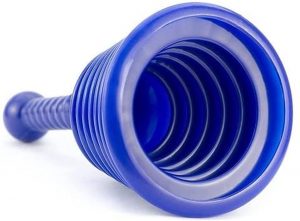

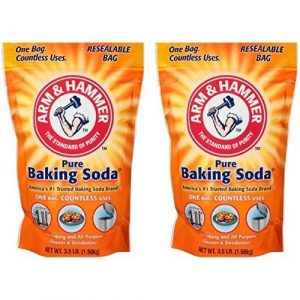
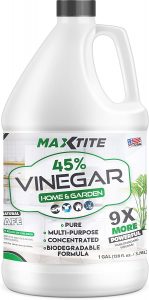
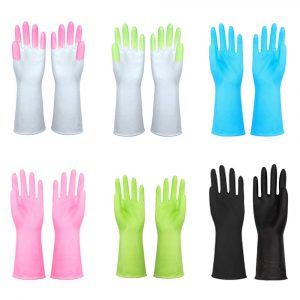
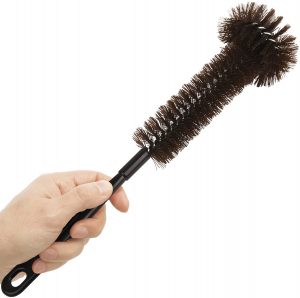
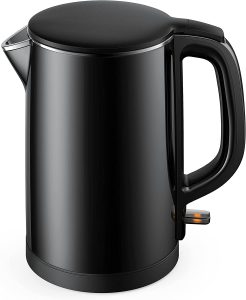
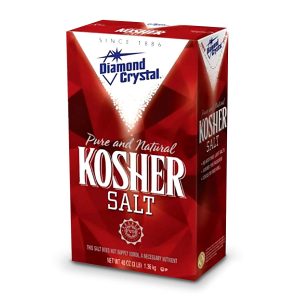
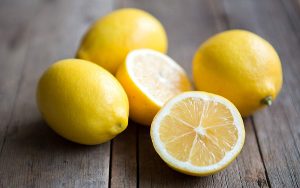
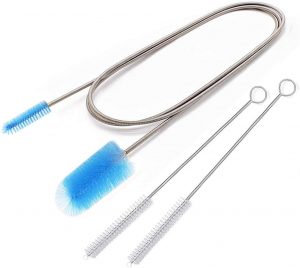
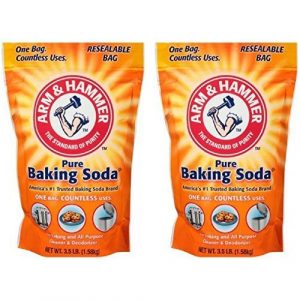
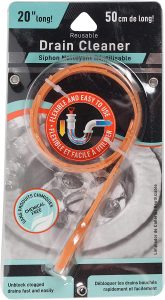
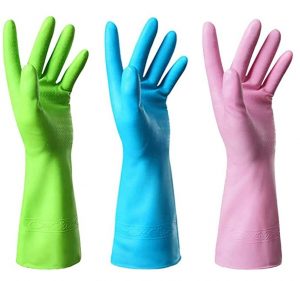
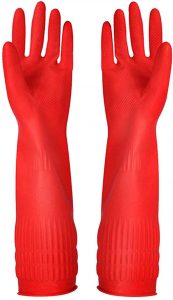
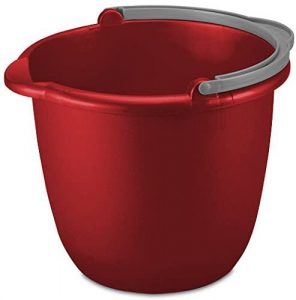
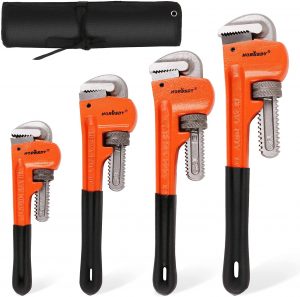
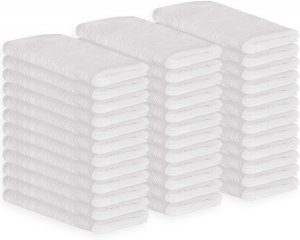
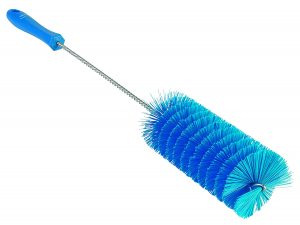
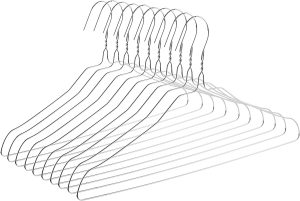
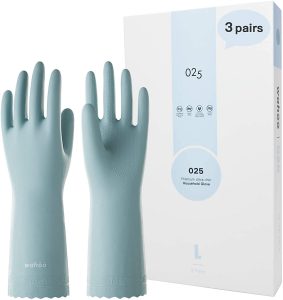
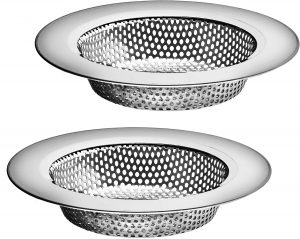
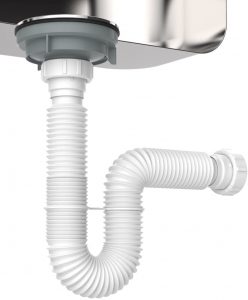
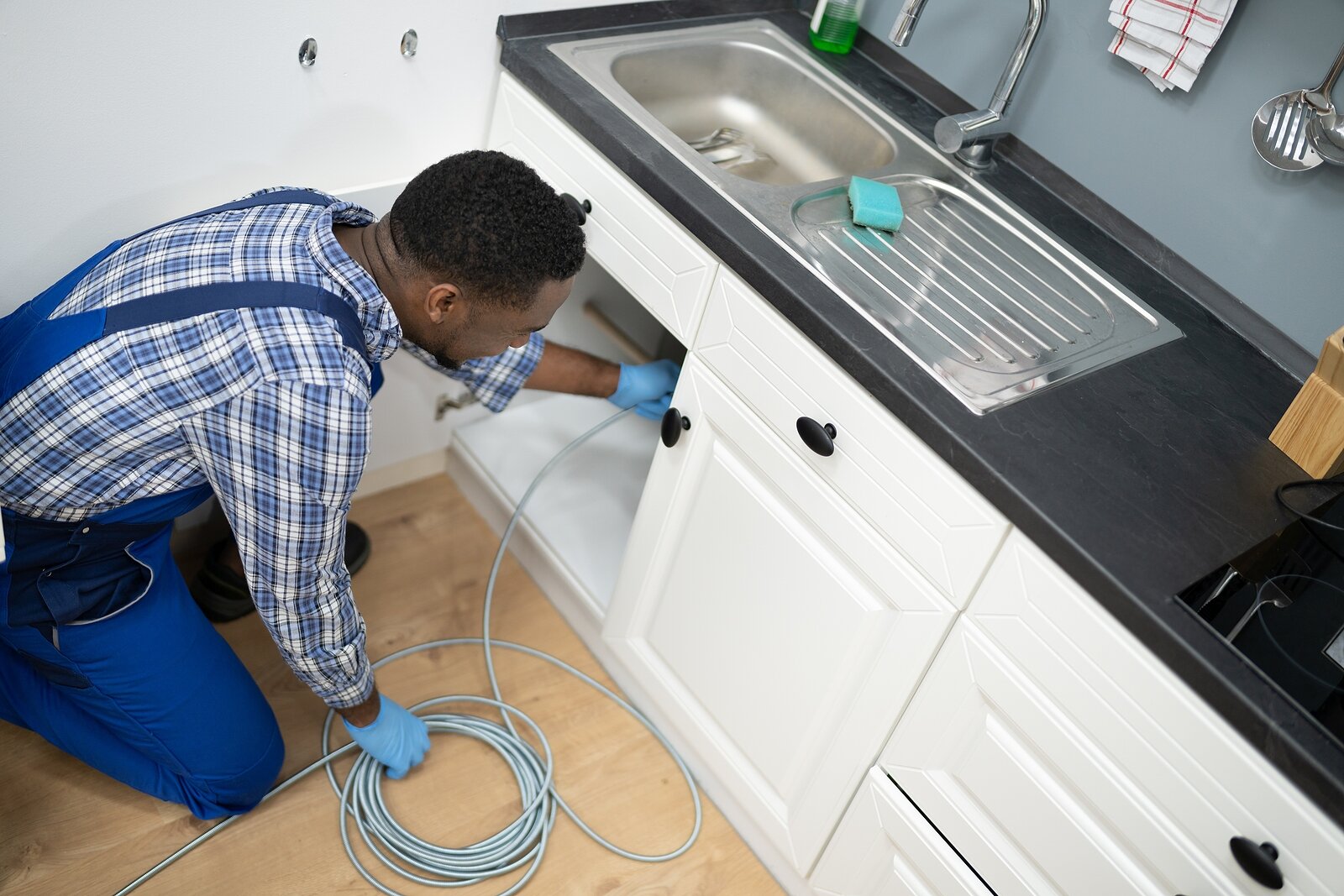
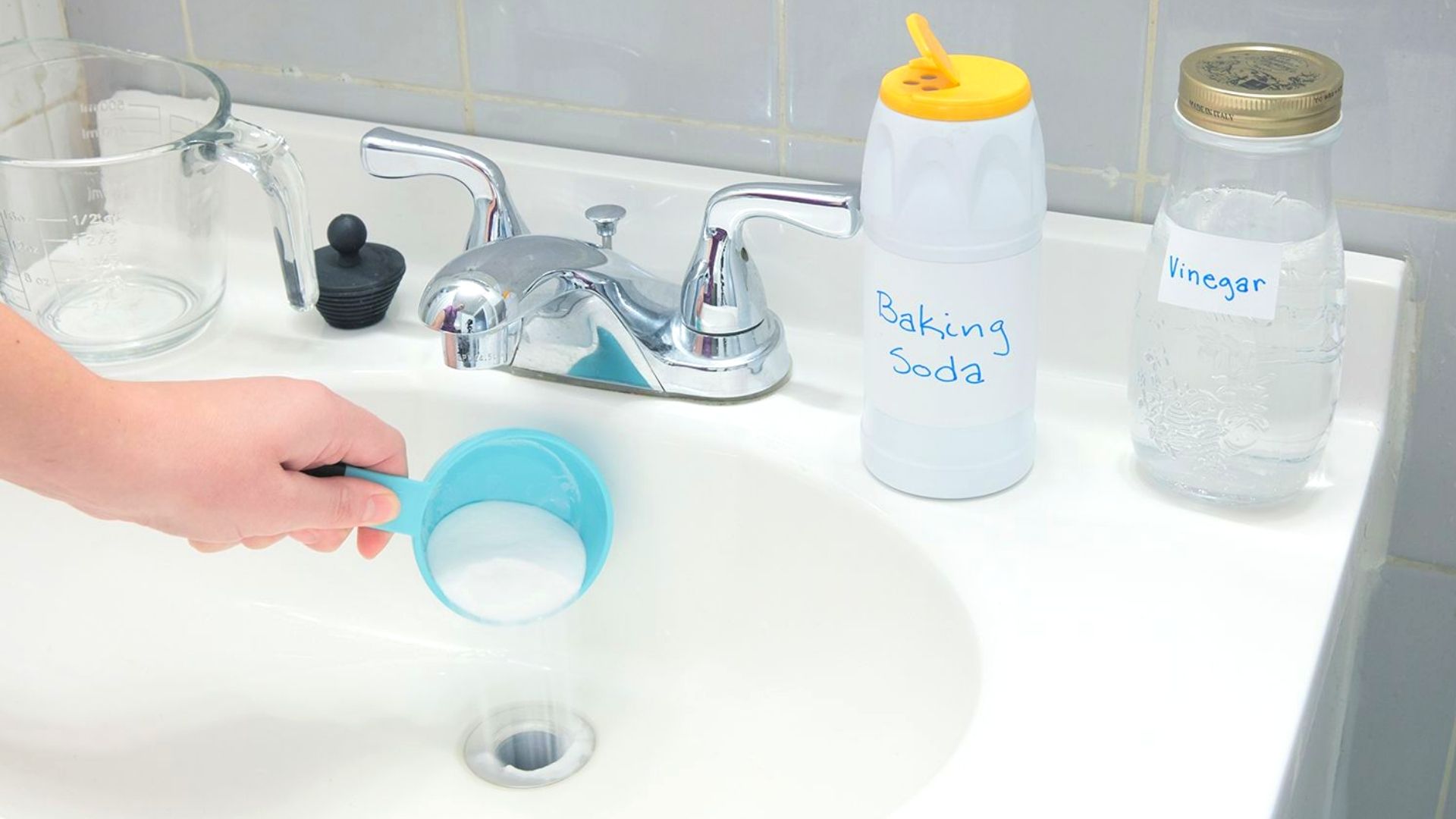
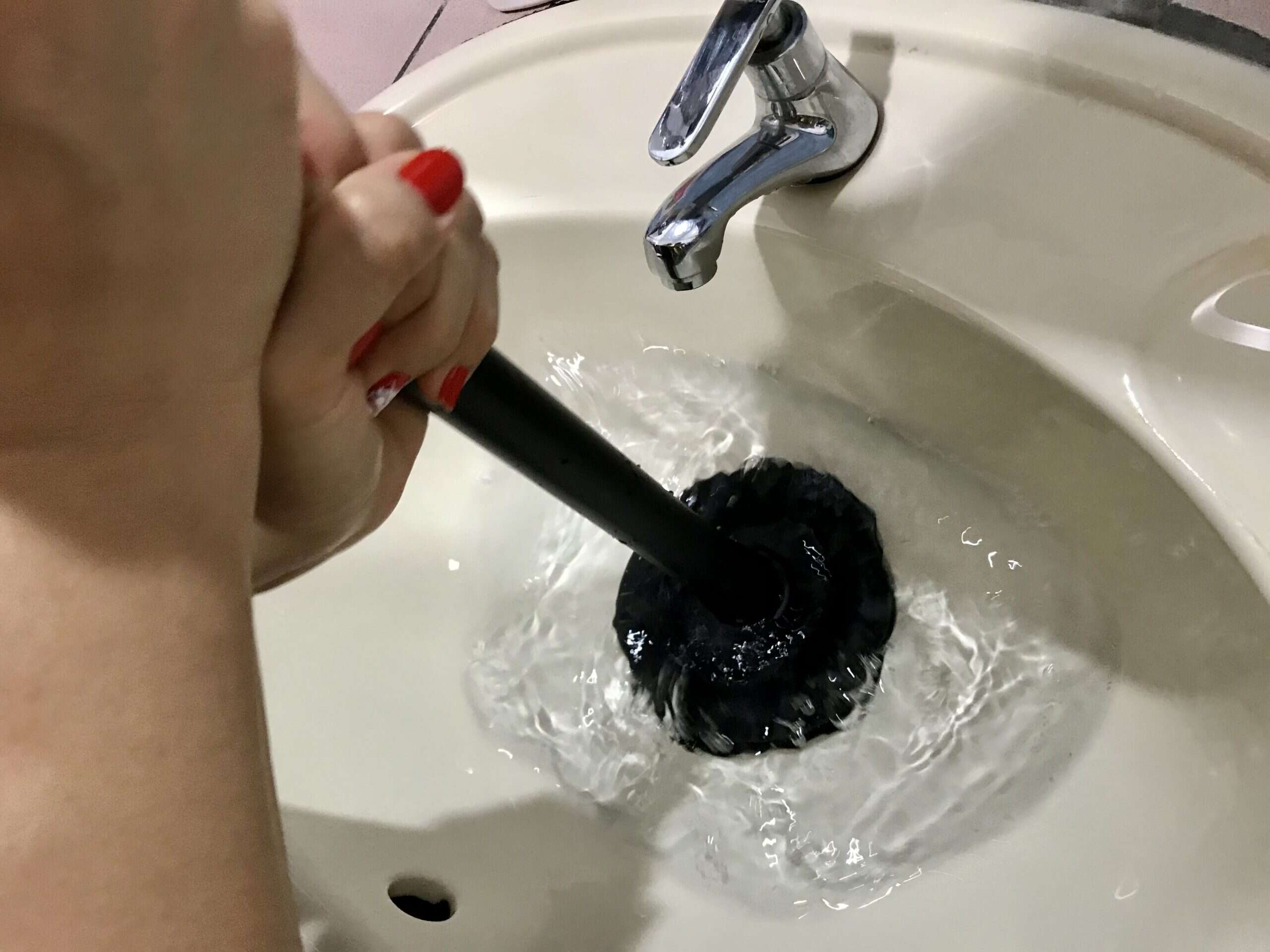
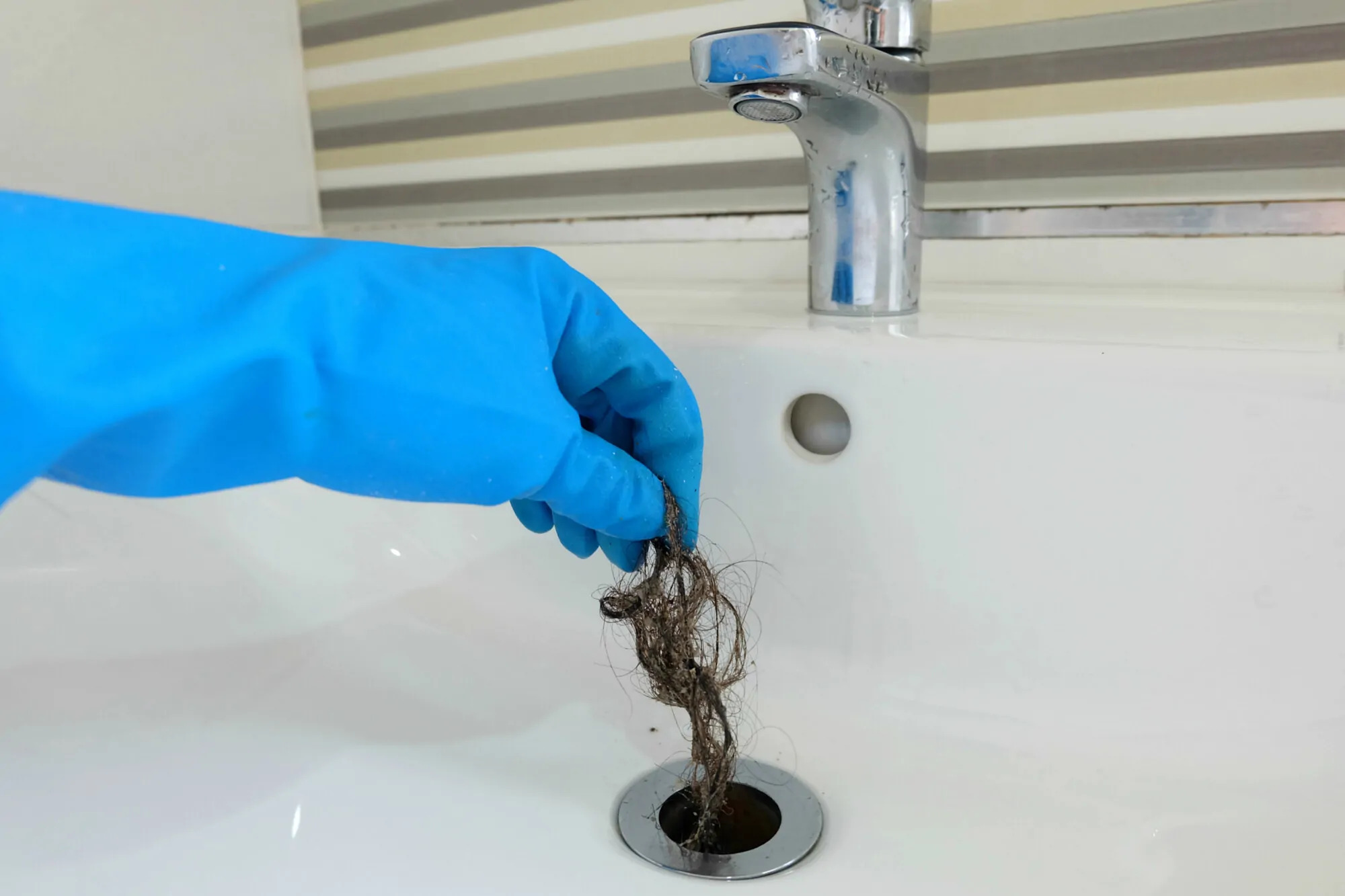
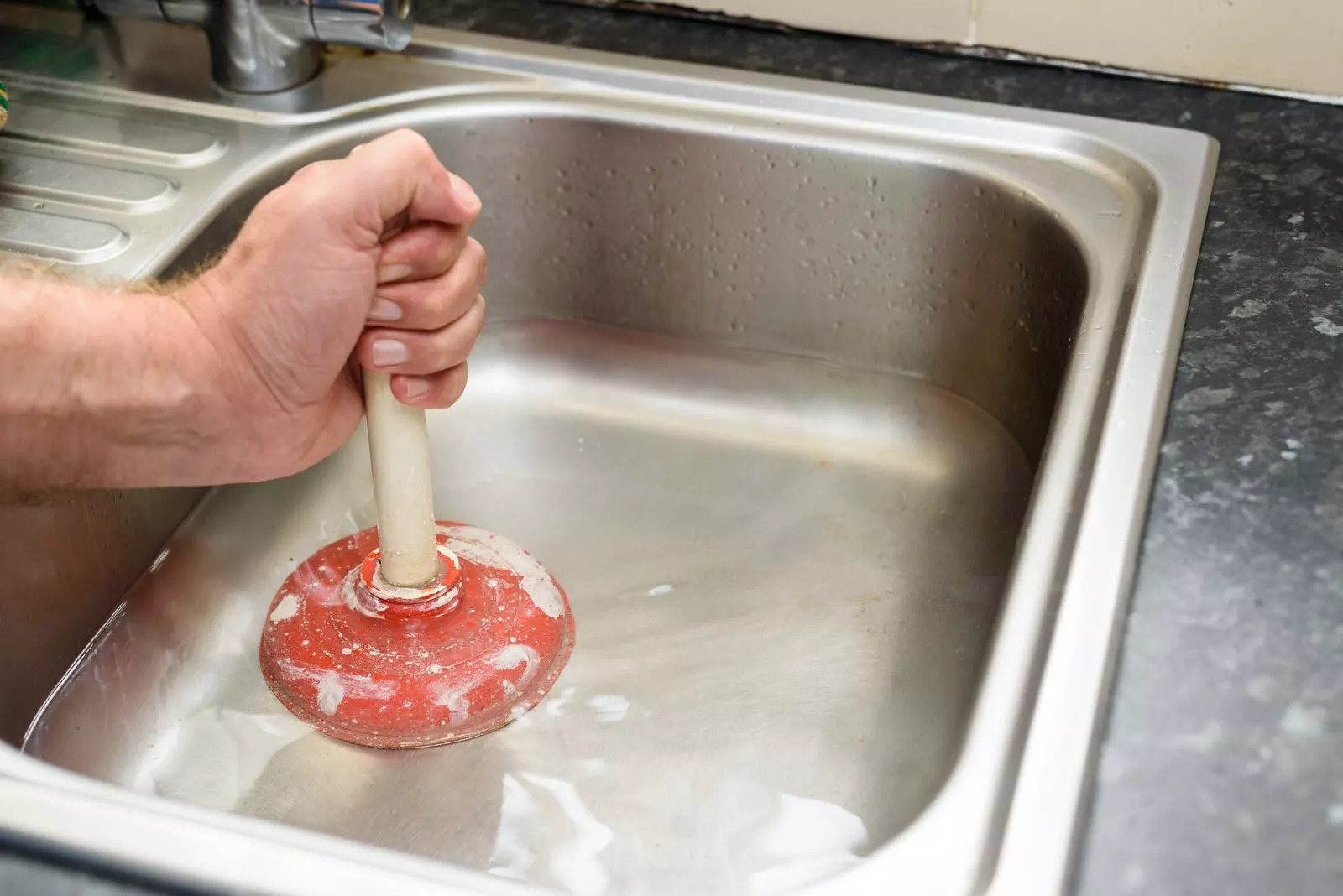
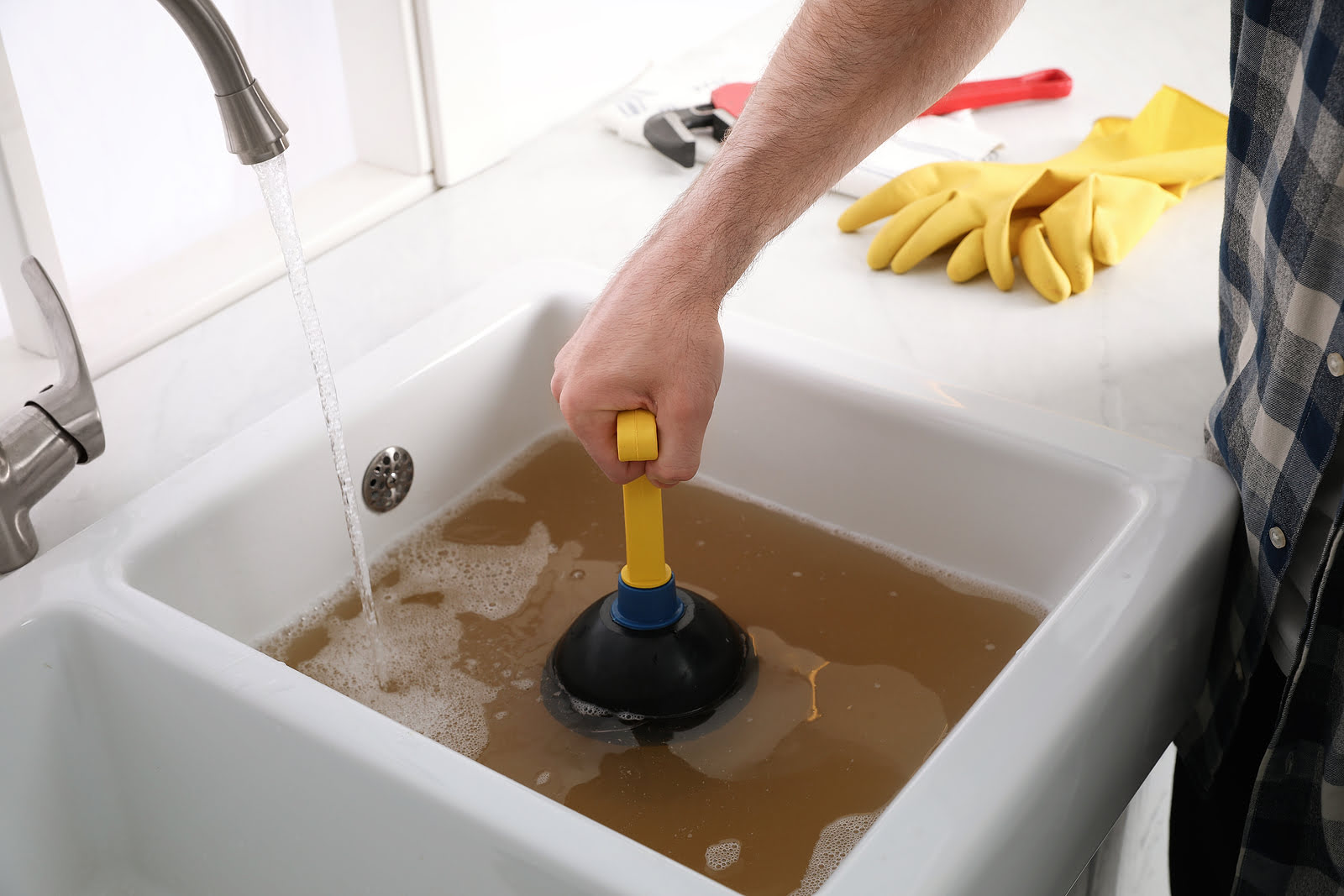
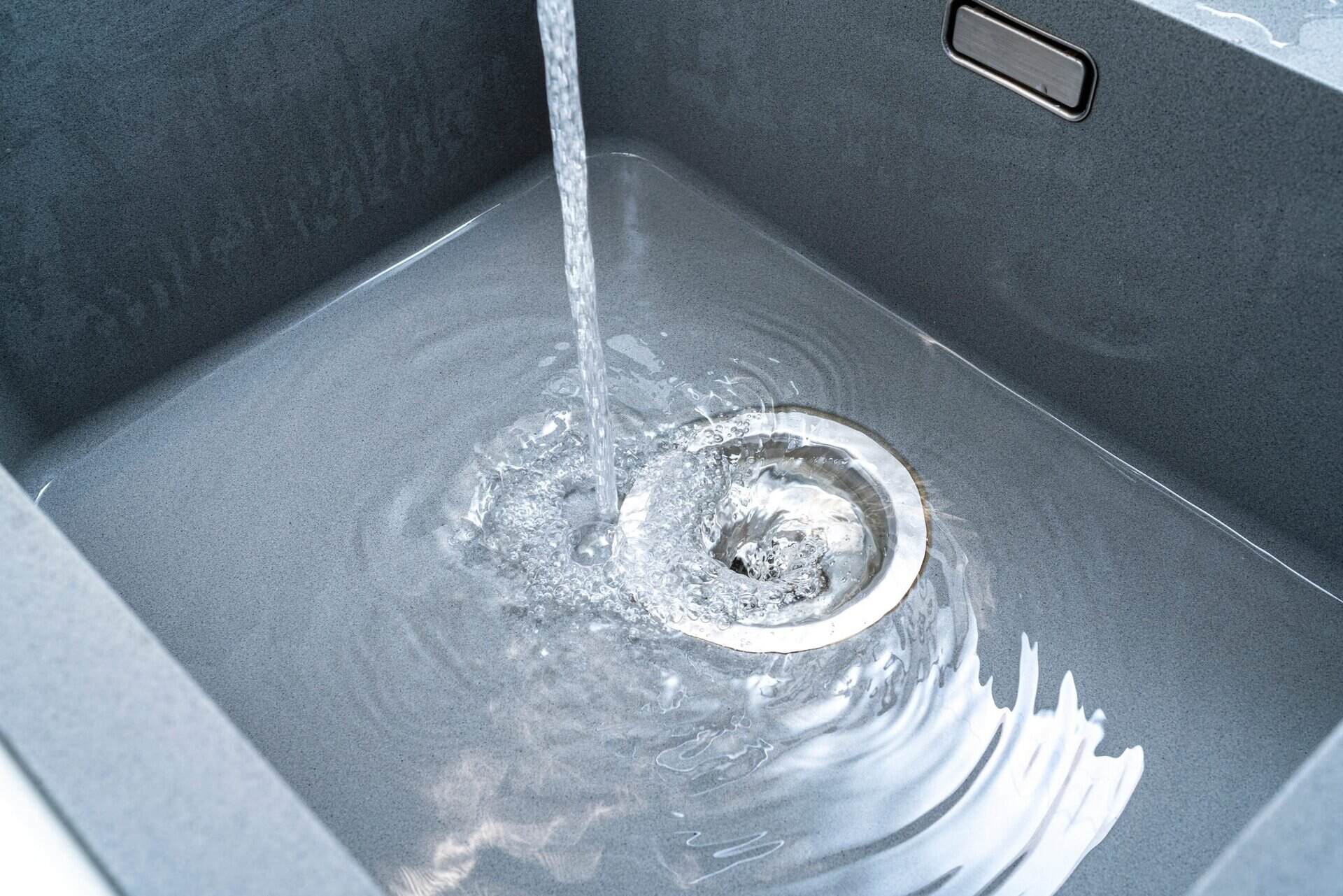
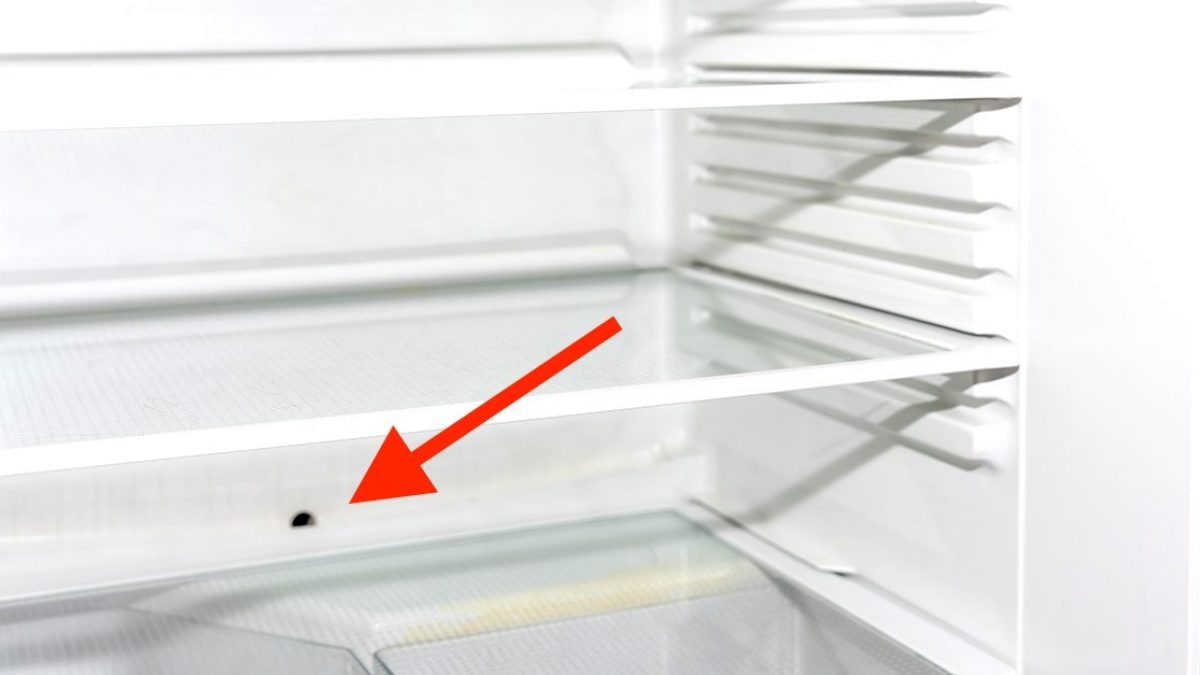
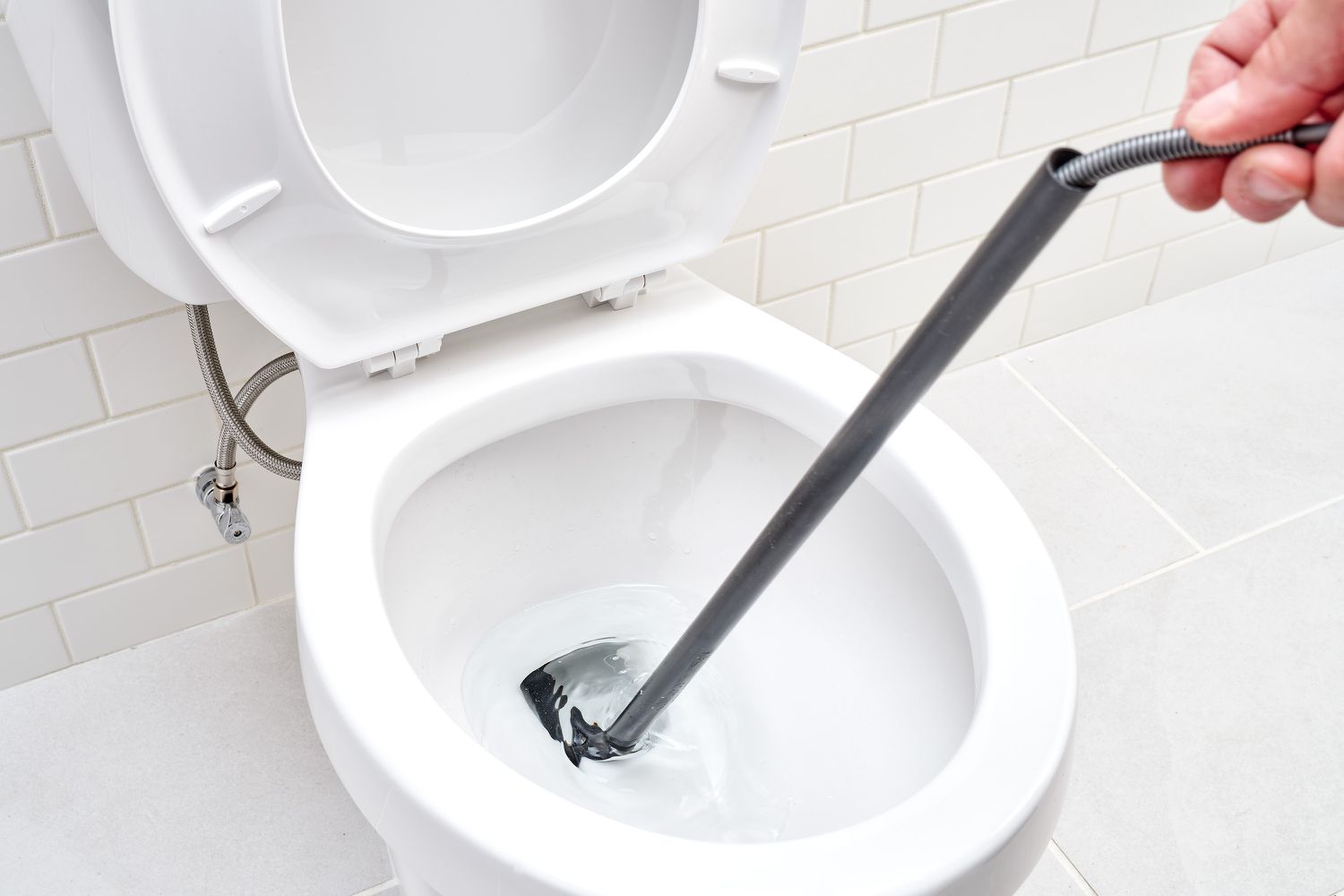
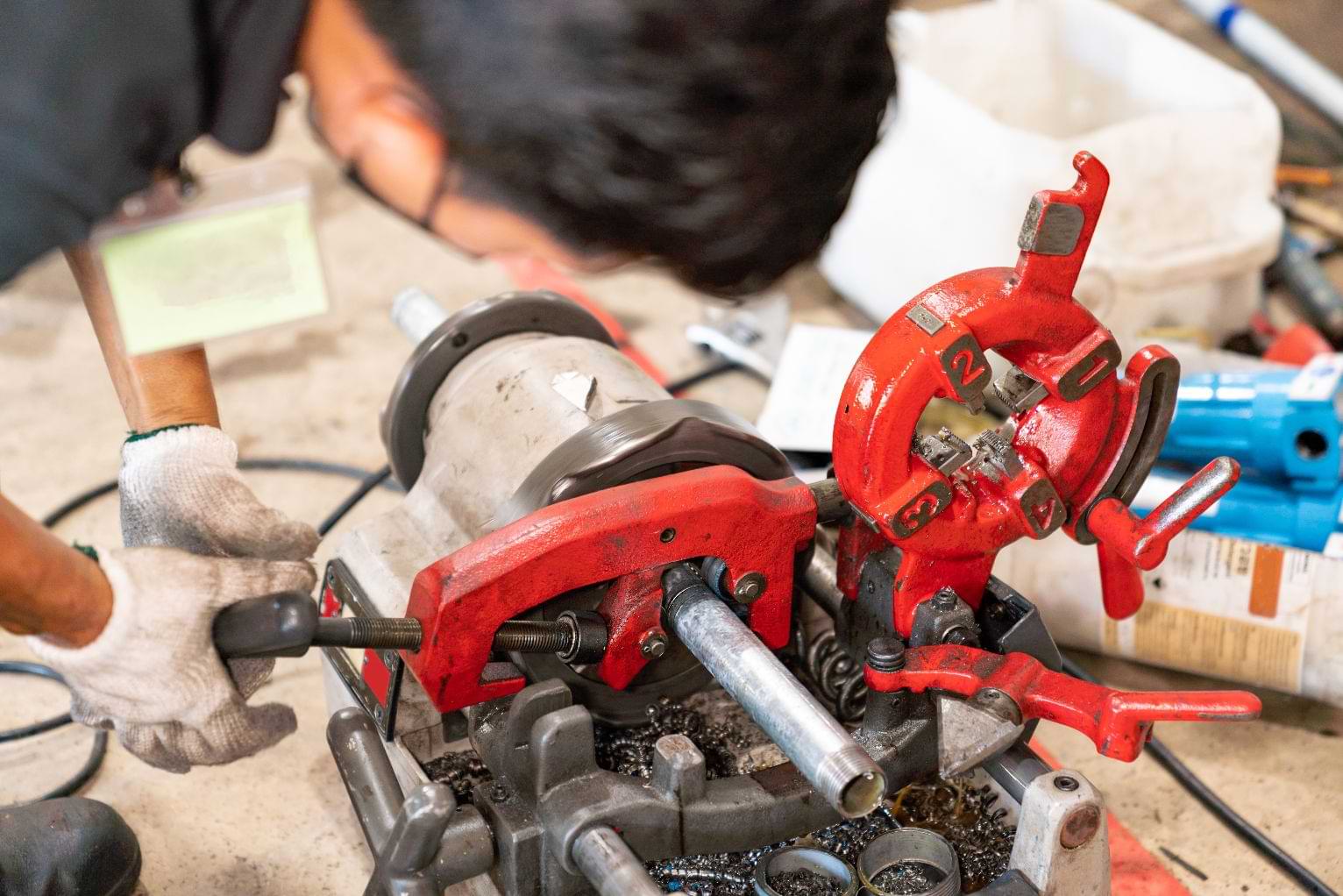
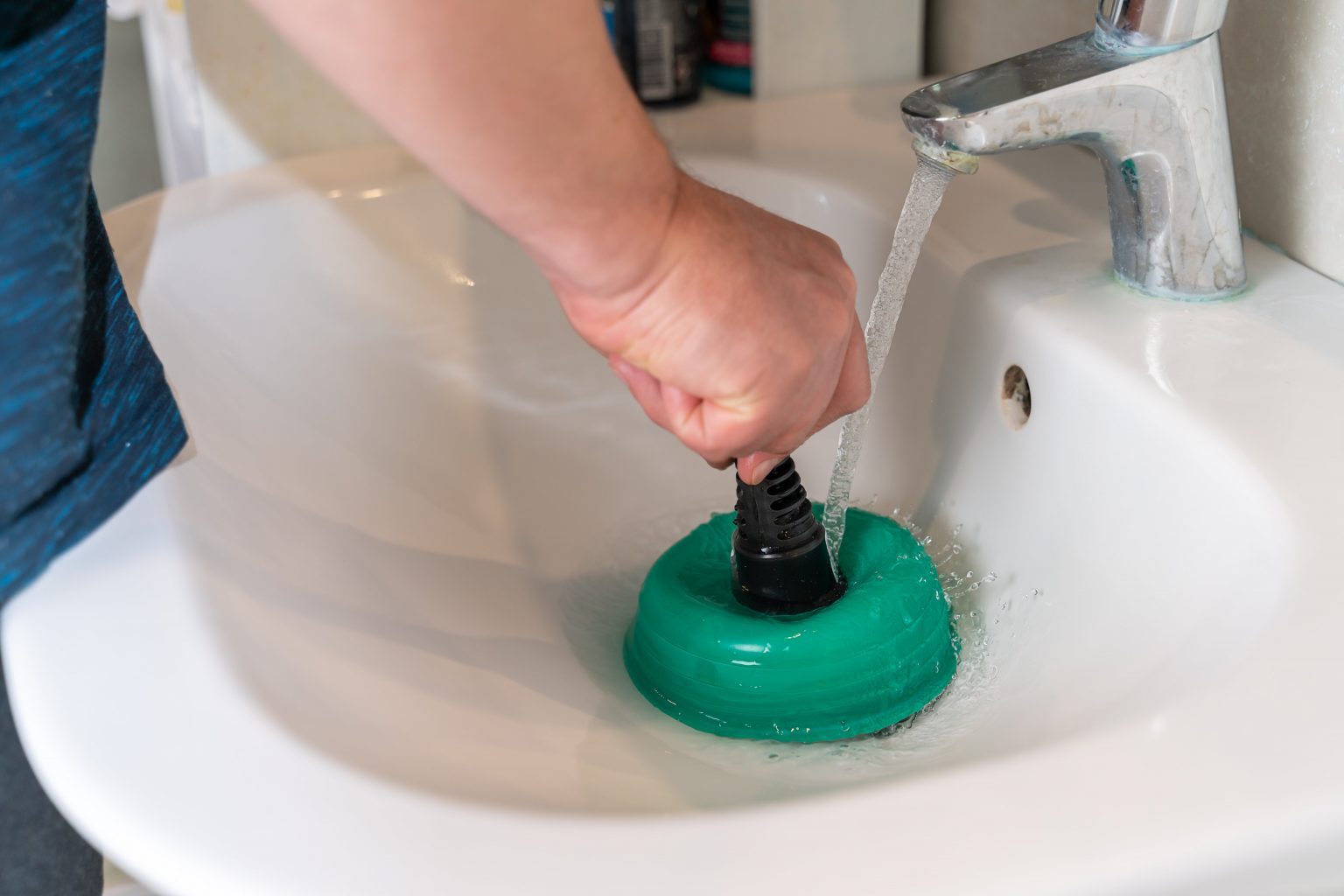

0 thoughts on “How To Unclog a Sink At Home Without Professional Help”